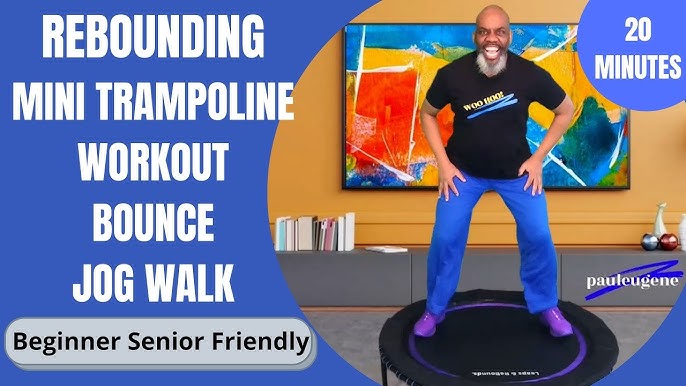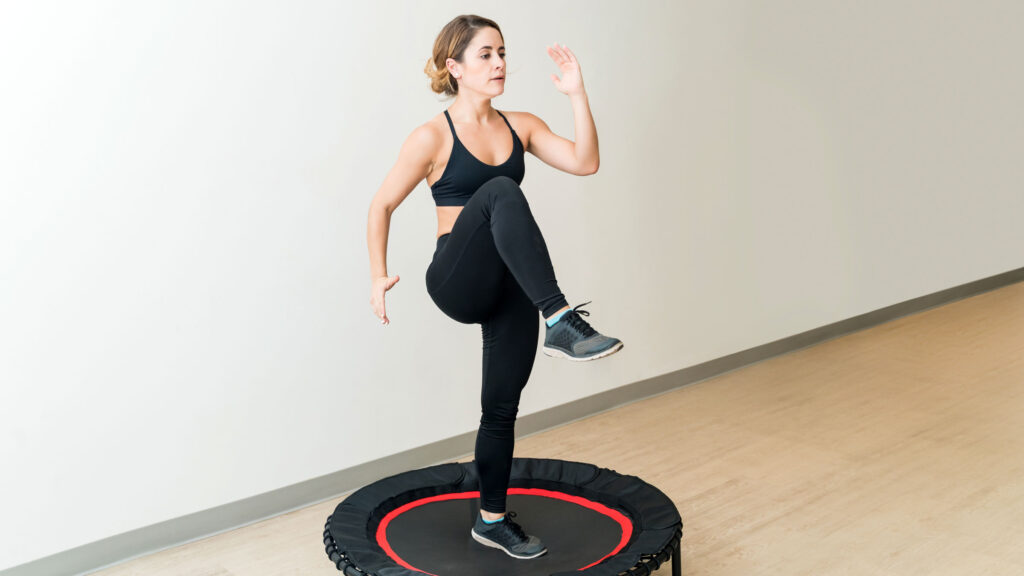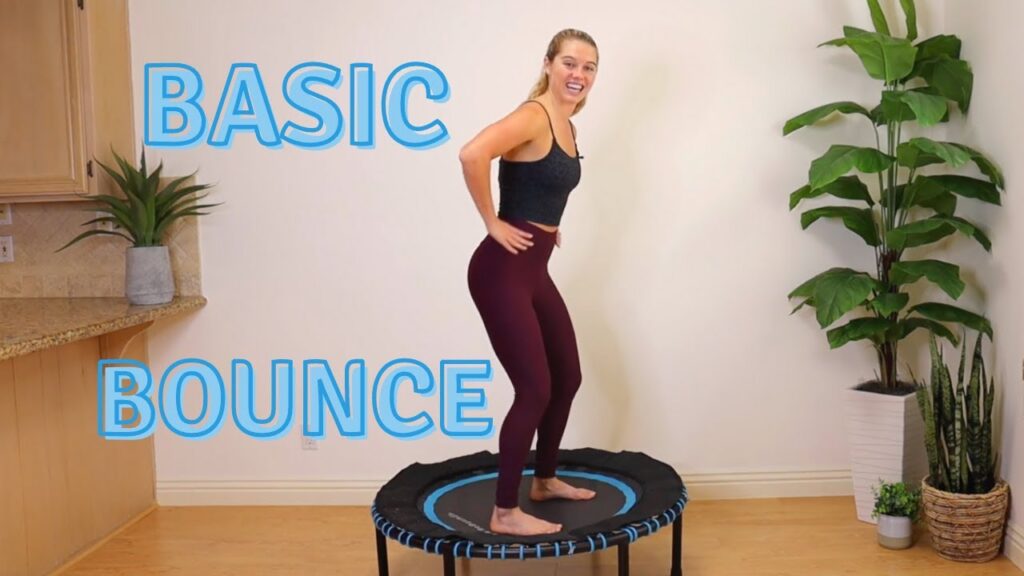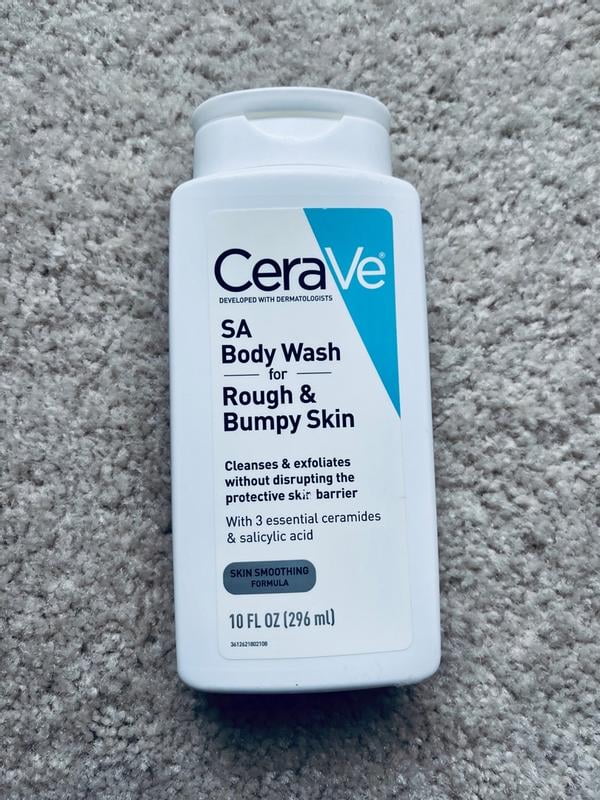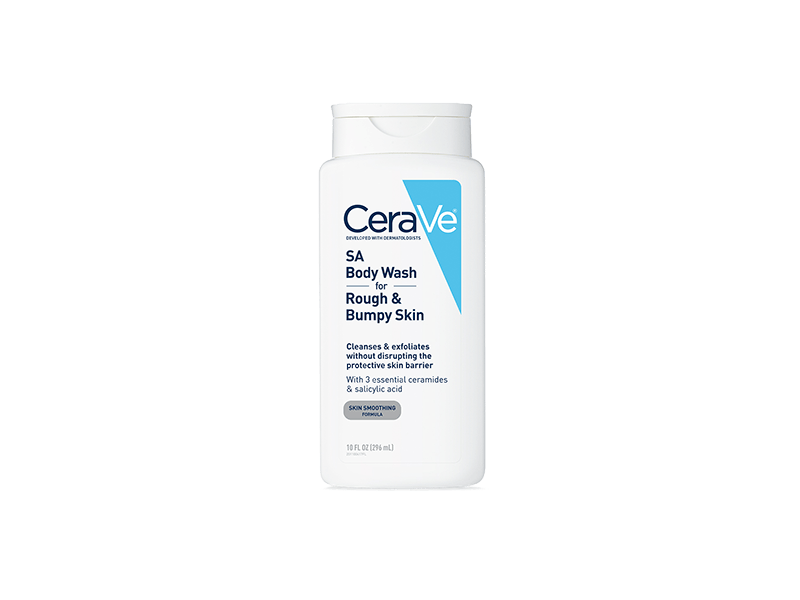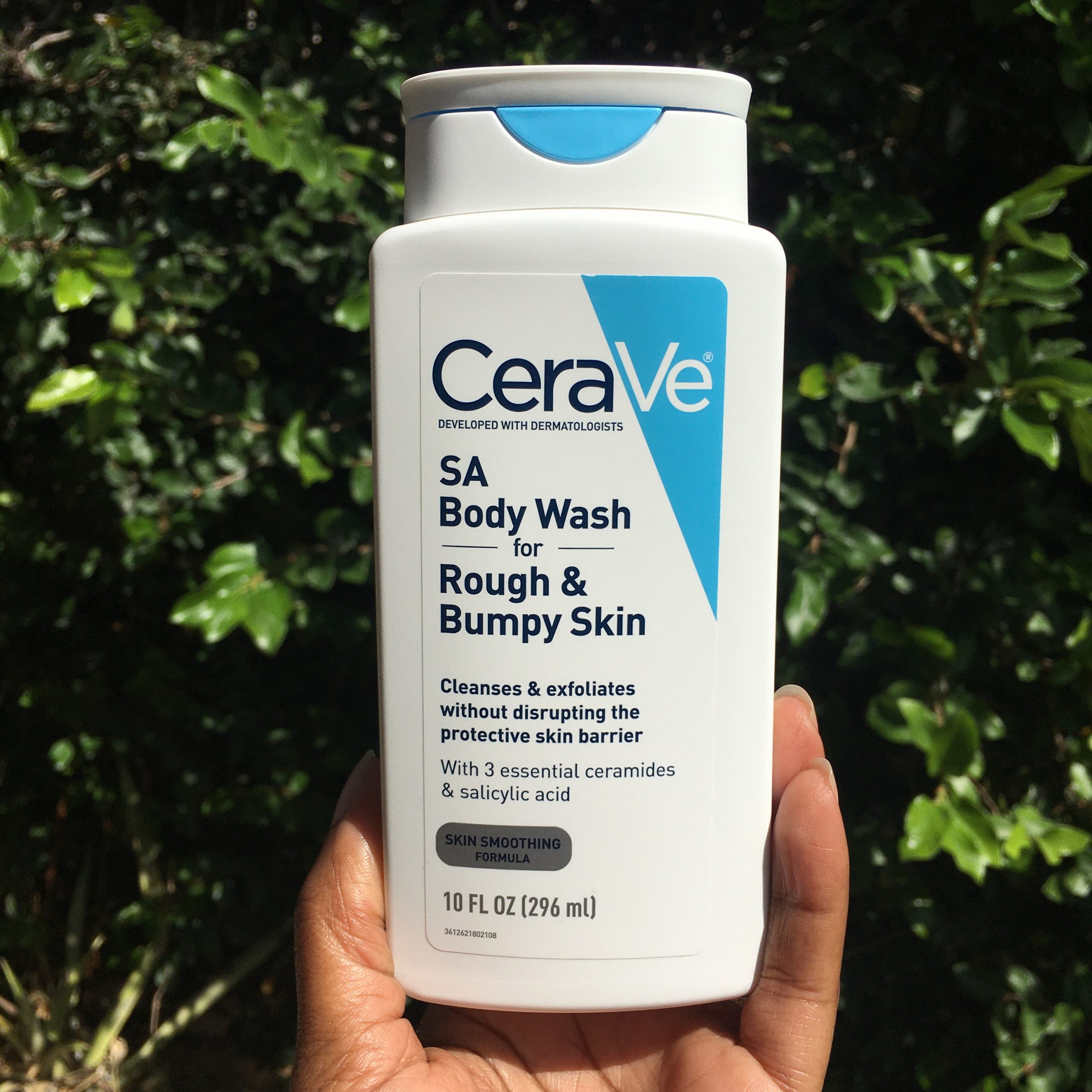Rebounder Workout – If you’re tired of traditional cardio routines and looking for something fun, effective, and joint-friendly, a rebounder workout might be exactly what you need.
Also known as mini trampoline workouts, these sessions deliver full-body benefits while making exercise feel more like play than a chore.
Whether you’re aiming to lose weight, tone up, or simply get your body moving, let’s dive into why rebounder workouts are gaining popularity and how you can make them part of your fitness journey.
What Is a Rebounder Workout?
A rebounder is a small, circular trampoline designed for exercise. Unlike the large backyard trampolines, rebounders are built for individual fitness routines and offer low-impact cardio, strength, and balance training all in one.
During a rebounder workout, you’ll perform movements like jumping, jogging, high knees, squats, and arm pumps—usually in rhythmic, choreographed patterns. The constant bouncing activates your muscles, increases your heart rate, and keeps your body engaged from head to toe.
The Top Benefits of Rebounding
The magic of a rebounder lies in how it transforms high-effort workouts into something that feels light and fun. Here are some major benefits that make it a go-to for many fitness lovers:
1. Low-Impact on Joints
Unlike running on hard surfaces, rebounding absorbs the impact from each step, reducing stress on your knees, ankles, and spine. This makes it ideal for people recovering from injury or those with joint sensitivity.
2. Improves Lymphatic Circulation
Rebounding promotes lymphatic drainage, which helps the body eliminate toxins and waste. Since the lymph system relies on body movement to function, the up-and-down motion of jumping is a perfect stimulator.
3. Boosts Cardiovascular Health
Don’t be fooled by the small trampoline—it’s a serious cardio machine. Regular rebounding workouts help improve heart health, endurance, and stamina without the pounding stress of high-impact cardio.
4. Strengthens Muscles and Core
Every bounce engages your core, glutes, legs, and even arms if you incorporate upper-body movements. Over time, this improves balance, coordination, and muscle tone.
5. Enhances Mood and Energy
Like other forms of exercise, rebounding stimulates the release of endorphins—the feel-good hormones that boost your mood and reduce stress. Plus, it’s hard not to smile while you’re bouncing!
Who Is Rebounding Good For?
One of the best parts of rebounder workouts is how accessible they are. Whether you’re a fitness newbie, a seasoned athlete, or someone rehabbing from an injury, rebounding meets you where you are.
-
Beginners: Simple bouncing and step-touches are easy to learn.
-
Seniors: The low-impact nature makes it gentle on aging joints.
-
Busy Professionals: You can get an effective session in under 20 minutes.
-
Parents: It’s a fun way to sneak in fitness at home—kids might even join in!
What You Need to Get Started
Getting started with rebounding is simple. Here’s what you need:
A Quality Rebounder
Invest in a sturdy rebounder with non-slip legs and a good bounce surface. Popular brands include JumpSport, Bellicon, and Stamina. Some come with support bars for added stability.
Comfortable Workout Gear
Wear fitted workout clothes and supportive sneakers—or go barefoot for better grip and foot engagement.
A Clear Space
Set up your rebounder in an open area with enough room to move your arms freely. Make sure the surface is flat and safe.
Sample Rebounder Workout (20 Minutes)
Here’s a beginner-friendly routine you can try at home:
Warm-Up (3 minutes)
-
Gentle bouncing in place
-
Arm circles while bouncing
-
March in place on the rebounder
Cardio Circuit (12 minutes)
-
1 min: Basic bounce (feet shoulder-width apart)
-
1 min: Jogging in place
-
1 min: High knees
-
1 min: Jumping jacks
-
1 min: Squat jumps
-
1 min: Side-to-side hops
-
Repeat the circuit once more
Cool Down & Stretch (5 minutes)
-
Light bouncing while swinging arms
-
Stretch your hamstrings, calves, and shoulders
You can modify this workout by adding hand weights or resistance bands as you progress.
Tips to Maximize Your Rebounding Results
To get the most out of your bounce sessions, keep the following in mind:
-
Stay Consistent: Aim for at least 3–4 sessions a week for noticeable results.
-
Mix It Up: Add strength, balance, and core exercises to keep it engaging.
-
Hydrate: You’ll sweat more than you think—drink water before and after.
-
Focus on Form: Keep your knees soft, core engaged, and bounce with control.
Final Thoughts
Rebounder workouts bring a mix of fun and function to fitness. They’re effective, low-impact, and easy to do at home.
Whether your goal is to slim down, tone up, improve your balance, or just get moving, bouncing on a mini trampoline can offer a fresh and enjoyable path to better health.
So next time you dread cardio, consider swapping your treadmill time for 20 minutes of joyful jumping—it might just be the most fun you’ve had while getting fit.

